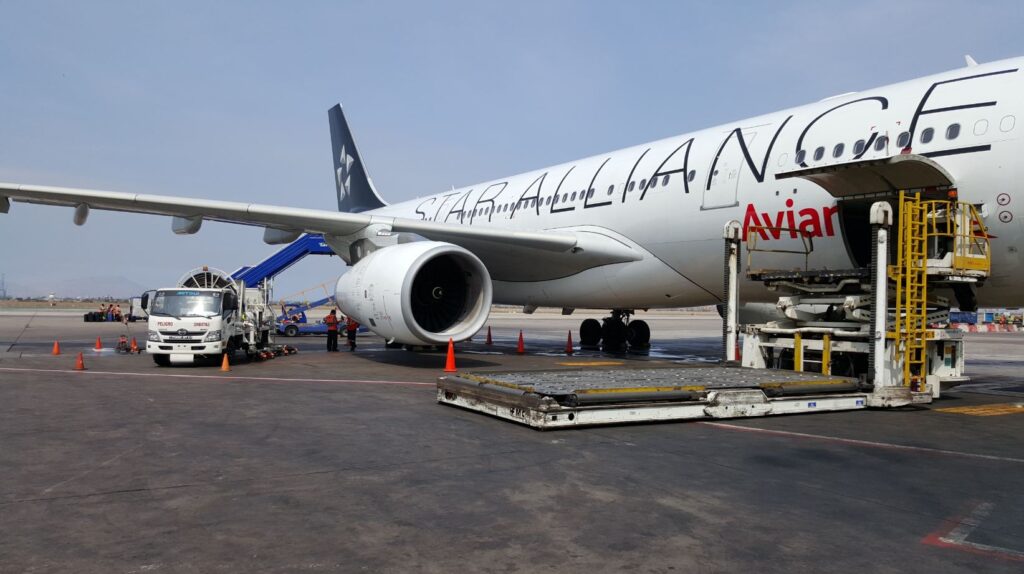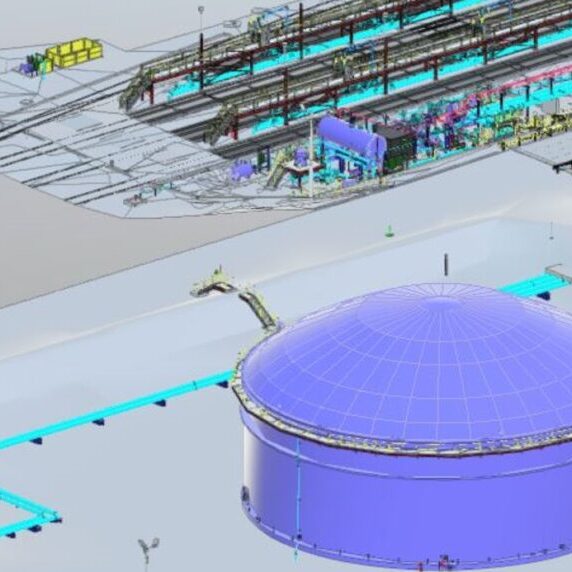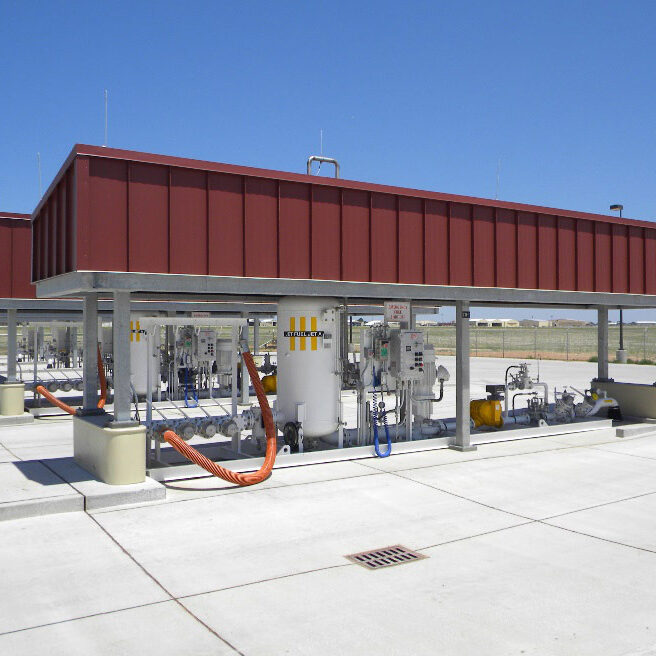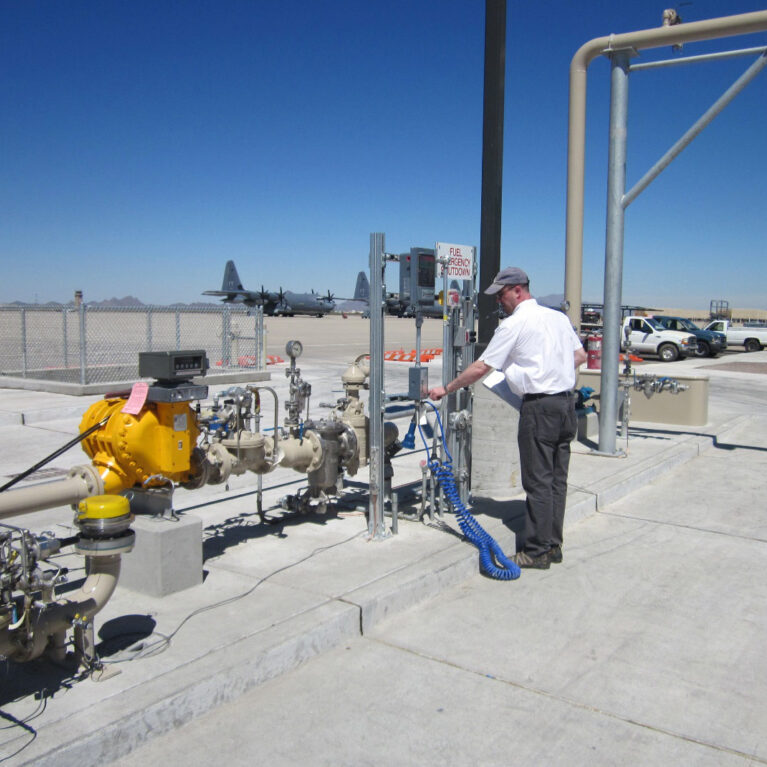BOG Airport Redevelopment Fueling Systems
For the past decade, Argus has provided critical engineering services for the Bogota Airport Redevelopment Program and master planning for the future of Colombia's largest international airport, Aeropuerto Internacional El Dorado.
Argus Consulting was the Engineer-of-Record for the planning, programming, design, equipment procurement and construction administration of a new aircraft fuel receiving, storage and distribution facility as well as multiple aircraft hydrant fueling systems to serve Bogota El Dorado International Airport in Colombia. As an integral component of the major BOG Airport Redevelopment Program, the new aircraft fuel storage facility and hydrant systems provides hydrant fueling capabilities for 83 aircraft positions, including 58 commercial gates and 25 cargo positions that will be in operation by 2022. The new fuel storage depot will have three 32,900 BBL storage tanks dispensing jet fuel to the hydrant system and three 24,100 BBL storage tanks receiving jet fuel from a multiproduct pipeline. The facility will integrate the pipeline receiving station, inbound filtration banks, the holding tanks, the jet fuel transfer pumps, the dispensing tanks and the pump/filtration pads into a single plant with centralized services and control system.
A dual parallel 18-inch transfer piping system approximately 13,000 feet in length will connect the depot to the Passenger and Cargo Terminal Complex. The Fuel Storage Facility will include: a 10,000 gpm hydrant pump and filtration station, fuel reclaim system, a 20,000 BBL fire water tank connected to the foam and fire protection systems, and an administrative building that houses a fuels sampling laboratory, MCC and electrical equipment, facility and systems controls equipment, maintenance and parts storage areas and office space for facility operators on a 24/7/365 basis.
Expertise in hydrant system design and master planning
The hydrant system is complete and fully operational. It is a dual loop around the terminals where the most common pipe diameter is 12”. All laterals are 6” in diameter and each end up in a bottom entry fiberglass pit. There are eight isolation valve vaults to control the EFSO system and many other isolation valve pits for manual isolation of the hydrant system. The system was designed for a maximum simultaneous flow of 10,000 gpm and all pipes are internally and externally coated.
Argus also provided planning and design of hydrant system modifications for the airport’s 2020 Master Plan. Proposed expansions of the North and South Terminals will add 27 new gates to the existing airport; 21 will be contact positions while the rest will operate remotely. This project also includes the extension of the two mains (14”) distribution lines under the terminal and the new concessionaries building.









